Norwegian scientists have isolated a soil bacterium that eats laughing gas. With a new technique developed at the Norwegian University of Life Sciences, the bacteria can help us reduce greenhouse gas emissions from food production.
Laughing gas is often called "the forgotten greenhouse gas". However, it is the third most important greenhouse gas after CO2 and methane. It warms the earth around 300 times more than CO2 and damages the ozone layer. Most of the emissions come from agriculture, from the production and use of fertilizer.
Researchers at the Norwegian University of Life Sciences (NMBU) have now found a new way of reducing these emissions using special bacteria in the soil that can eat the laughing gas. Fresh figures from a field study show very promising results. The bacteria reduced N2O emissions from the soil by between 40 and 95 per cent.
"We find these results incredibly exciting. The new method could provide us with a powerful new tool in the fight against global warming," says Elisabeth Gautefall Hiis, a PhD-student on the project at NMBU.

Urgent need for new solutions
Nitrogen-based fertilizers are used for crop cultivation worldwide. These fertilizers are crucial for our ability to produce enough food for the global population.
There are many bacteria in the soil that absorb nitrogen. Unfortunately, these bacteria also produce the greenhouse gas nitrous oxide, also called laughing gas, when they 'eat' the nitrogen, causing the gas to leak from the soil. The more we fertilize with nitrogen, the more of this greenhouse gas seeps into the atmosphere. This happens whether we use chemically produced artificial fertilizers or organic livestock manure.
The amount of laughing gas in the atmosphere has been stable for thousands of years, but in the last 200 years, the quantity has increased significantly - in line with the growing global population and our increased food production, hence the addition of more artificial fertilizers. There is little to suggest that this trend will reverse.
“There is a real need for new solutions,” says Hiis. “We have a major challenge because we need to maintain global food production while reducing N2O emissions.”
The article continues after the film
One-armed bandit to the rescue
The solution may lie among the same bacteria that produce laughing gas in the soil. In addition to the bacteria that create the gas, there are also some that can consume it and convert it into harmless nitrogen gas. However, finding the right bacteria is not easy.
“Soil is a very complex matter to work with,” says Hiis. In just one teaspoon of soil, there are billions of bacteria. The task of finding the right ones has been laborious and time-consuming.
“Some of the bacteria we initially looked at can both eat and produce nitrous oxide. That made it complicated. One bacterium, for example, would eat nitrous oxide in the laboratory, but once it was in the soil, it had little effect.”
The bacteria they finally chose to use in field trials is called Cloacibacterium sp. CB-01.
“We call it a one-armed bandit,” says Hiis. “It simply does not have the gene to produce nitrous oxide, it can only eat it.”
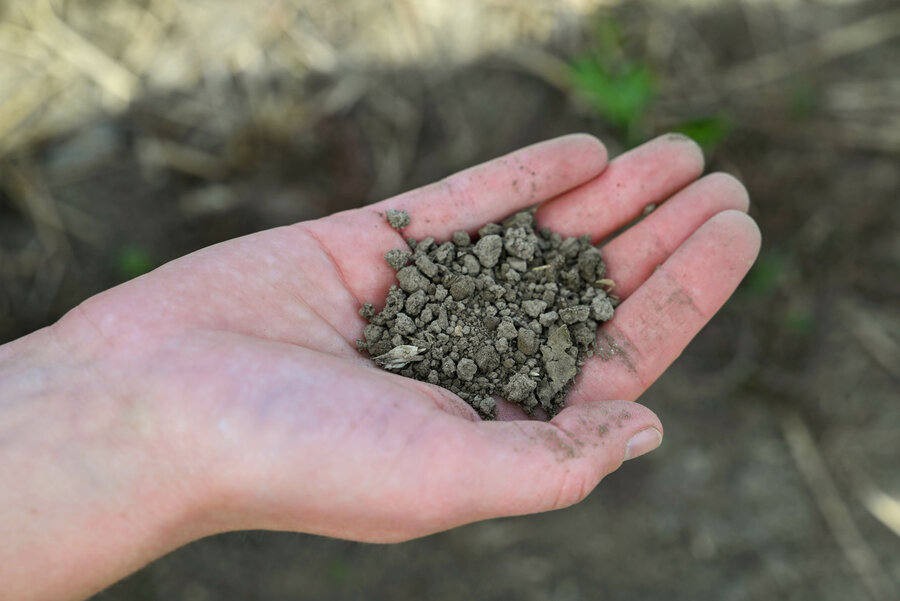
Developed a unique robot
After identifying the right bacteria, the NMBU researchers have been cultivating these in the lab and testing them out in the soil. They have a dedicated research area at a field called Kjerringjordet, just outside of the campus in Ås, Norway, where they can examine how effective the bacteria are in various types of soil.
They can then measure the greenhouse gas emissions from the individual soil samples. This is done using a specially developed robot that can measure greenhouse gas emissions directly from the soil.
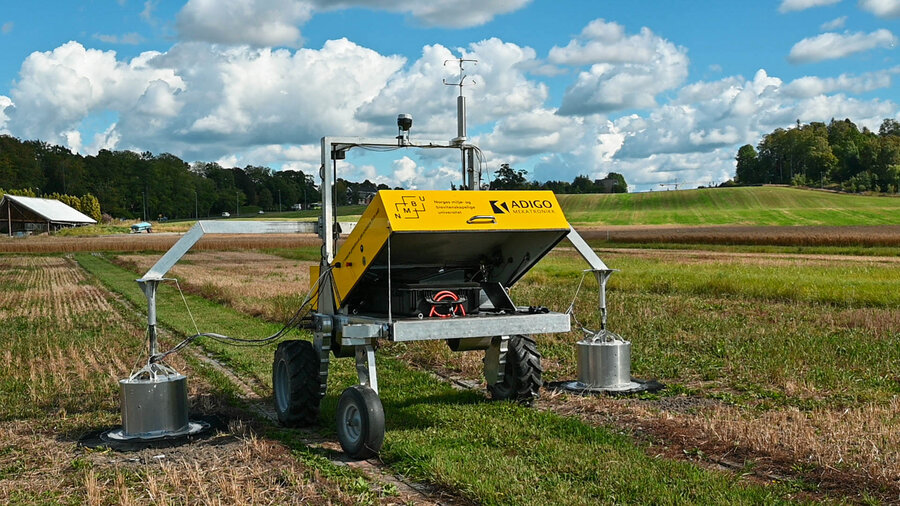
Quantity matters
To reduce nitrous oxide emissions from the soil, large amounts of nitrous oxide-eating bacteria need to be introduced. This would be very complicated and costly if the bacteria were to be cultivated conventionally. The solution NMBU researchers came up with is to let them grow in organic waste, before using this as fertilizer and soil conditioner.
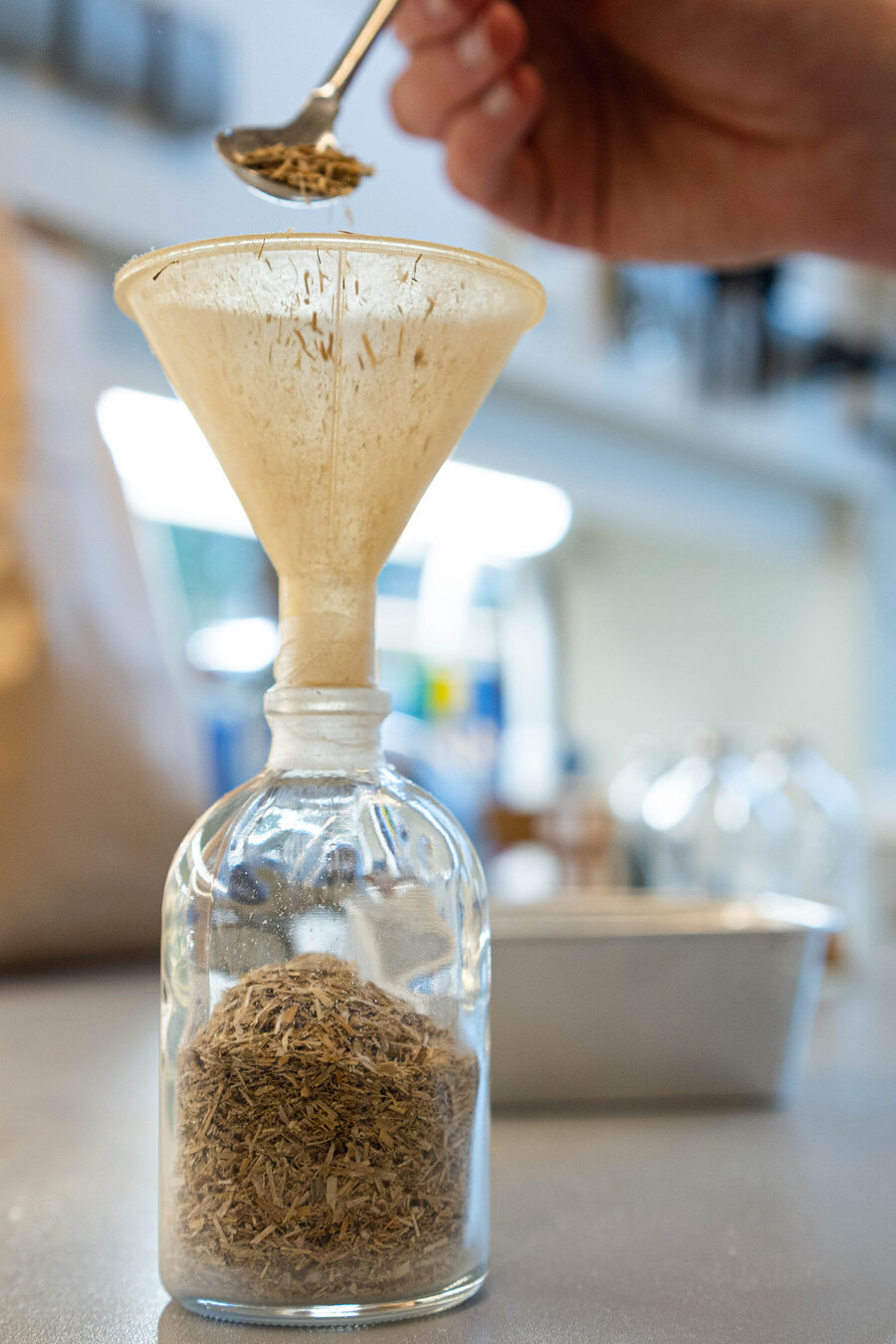
Astounded by the results
In the summer of 2021, the researchers conducted a major field trial at Kjerringjordet fields. They set up two rows of large pots with soil. In half of the pots, the soil was mixed with the new super-fertilizer containing nitrous oxide-eating bacteria. In the other half of the pots, the soil received the same type of fertilizer, but without the special bacteria.
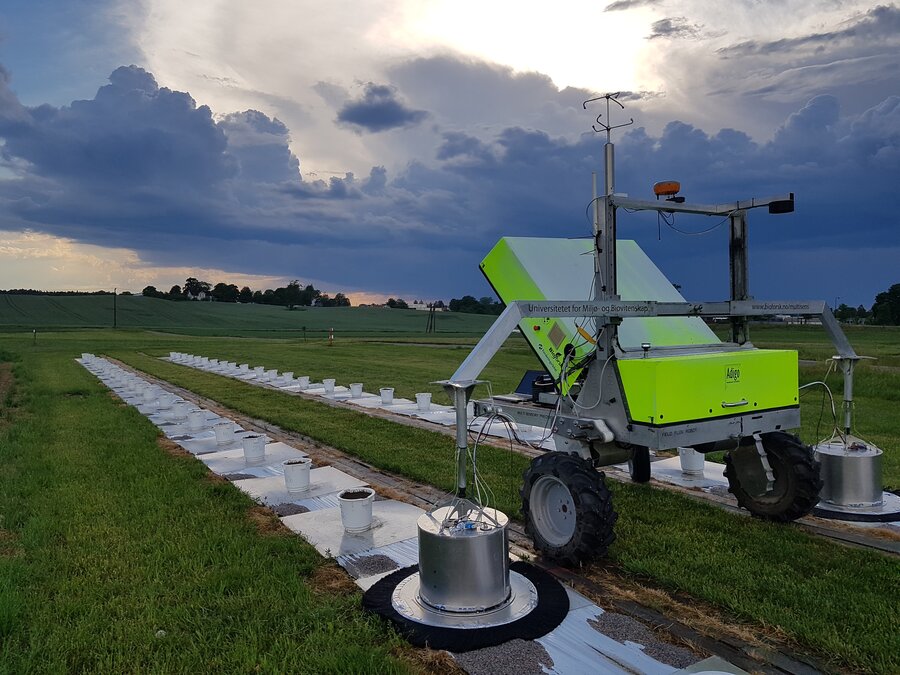
“In the experiment with the pots, we have more controlled conditions than when we test in the open field. At the same time, we also test the bacteria in the environment where it is natural to use the fertilizer," says Hiis.
The large, yellow robot slowly moved over the pots both day and night, testing how much laughing gas was released from each pot. The robot’s custom-designed software allows the researchers to see the results of the measurements in real time as it moves around the field.
"We can look at the raw data and see the results as we go. From the very first measurements, we clearly saw that some pots had a lot of nitrous oxide emissions and others much less," Hiis explains.
The researchers were astounded by the results. From the pots containing nitrous oxide-eating bacteria, greenhouse gas emissions were reduced by between 40 and 95 percent. They have since scaled up the experiments to field level, meaning they have fertilized patches out in the field, where they have achieved equally promising results.
"That's when we thought: This could be something. We could be part of addressing climate change," she says.
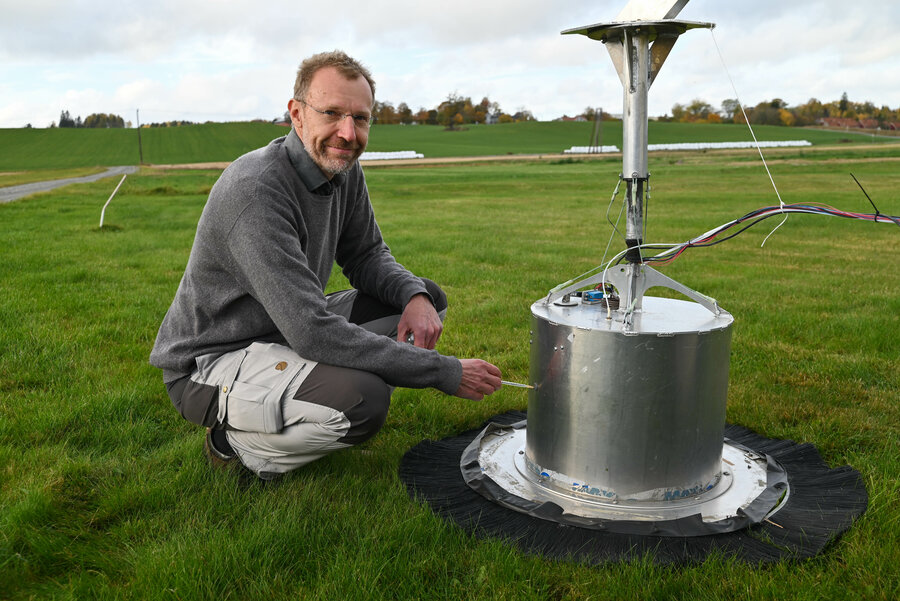
Taking it to the fields
The NMBU researchers are now planning to expand the test trials to identify the best combination of bacteria and organic material for the most efficient super-fertilizer. They also aim to find even more types of bacteria that can convert nitrous oxide into harmless nitrogen. The hope is that farmers around the world will be able to use this method to reduce their emissions.
Professor Lars Bakken reveals that they have already initiated a collaboration with Norway's largest treatment plant, VEAS in Slemmestad outside of Oslo, to launch a new project that will bring the technology to the agricultural sector. They are in discussions with Ard Innovation to establish a knowledge-based company for the fertilizer method.
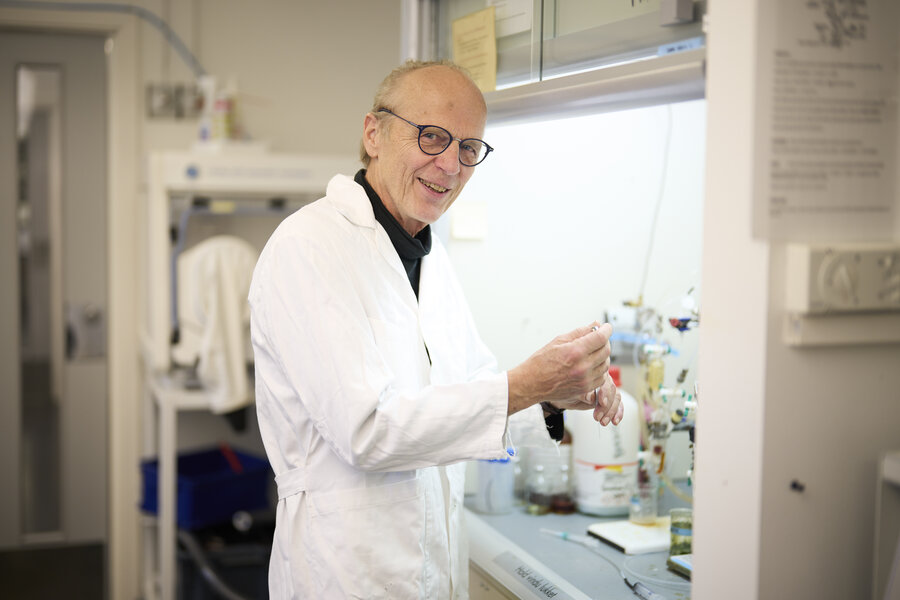
"Innovative biotechnology can provide us with extremely effective methods for reducing greenhouse gas emissions," says Bakken. "This is a significant step in the right direction to reduce nitrous oxide emissions from agriculture. The method could contribute to a substantial reduction in the carbon footprint of food production on the planet. It gives us hope for both productive and low-emission food production in the future," he says.
Elisabeth Gautefall Hiis looks forward to continuing work on the project.
"It's incredibly exciting to work with applied research. There's a relatively short path from what we're researching to its implementation. I envision this technology being used in fields around the world to reduce greenhouse gas emissions in a not too distant future. What we're doing here today builds on basic research over many years at NMBU, and it's incredibly exciting to see that we now have such good results," she says.
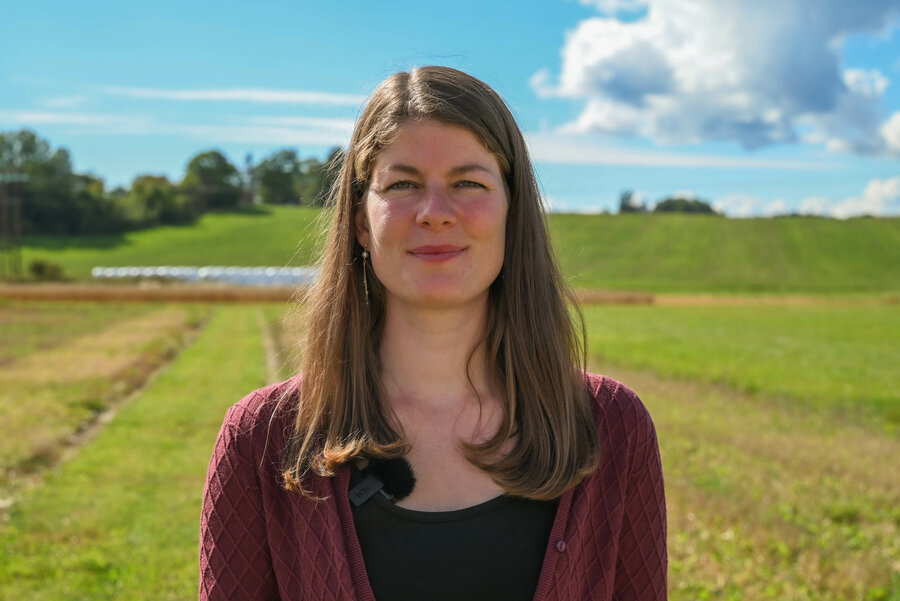
Fact box
Laughing gas emissions in Norway
4.8% of greenhouse gas emissions in 2021 came from nitrous oxide.
In 2021, 78% of nitrous oxide emissions came from the use of fertilizer and other sources in agriculture, while 10 percent came from industrial production of mineral fertilizer. These figures come from Statistics Norway (SSB).
At NMBU, the research group NMBU Nitrogen Group is behind the research discussed in this article.
The field trials have been carried out at Kjerringjordet, Center for climate-regulated plant research at NMBU.
About the robot measuring greenhouse gas emissions
- Feltro
The field robot is a battery-powered, GPS-guided autonomous robot developed by NMBU and Adigo AS.
It has been operational at Kjerringjordet in Ås since 2014, where it has made about 25 000 measurements of nitrous oxide and CO2 emissions.
Read more:
- Euronews: No laughing matter: nitrous oxide - another climate enemy
- Aftenposten: Nytt våpen mot global oppvarming: – Et særdeles stort gjennombrudd (In Norwegian)
- Fra NMBU:
